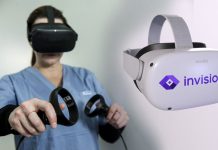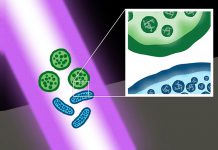New research from Texas Biomedical Research Institute and collaborators has found that an investigational drug showed promise in minimizing dyskinesia – uncontrolled, erratic muscle movements – associated with Parkinson’s disease, according to Medical Xpress.
The study, published in the journal Experimental Neurology, discovered that the compound, PD13R, reduced dyskinesia by more than 85% in the monkey model with Parkinson’s disease.
In addition, the monkeys got much better sleep taking PD13R compared to another drug that is often prescribed for dyskinesia.
Dyskinesia is one of the common side effects of levodopa, a drug used in patients with Parkinson’s disease. Most patients develop this side effect after taking the drug for five years.
Levodopa is an amino acid precursor of dopamine. It is the most effective and commonly used Parkinson’s drug. It helps restore balance, reduce tremors, and manage other motor control issues.
Lead author Dr. Marcel Daadi said, “Levodopa is amazing, it works like magic, but it has side effects. If we can eliminate these side effects, it could change the life of patients with Parkinson’s.”
Dr. Daadi collaborated with researchers at Southwest Research Institute (SwRI) to identify a compound that only binds to dopamine receptor number 3 (D3).
SwRI’s drug discovery software RhodiumTM identified PD13R as a likely candidate and predicted how it would bind to D3. The researchers explored how well the compound targeted the D3 receptor than other dopamine receptors in cell culture tests.
The team administered PD13R to the marmoset animal model of Parkinson’s. When treated with the compound, dyskinesia dropped dramatically.
Dr. Daadi explained, “We were very excited to see the robust antidyskinetic effect of the drug.”
Furthermore, the activity of the animals that received PD13R was low at night compared to the ones given a commonly used Parkinson’s drug. This suggests that PD13R may be a good treatment option for Parkinson’s, without the side effect of dyskinesia.
Now, Dr. Daadi and his colleagues plan to continue with safety and efficacy studies of the compound, which are required by the Food and Drug Administration (FDA) before conducting human trials.
“I am very hopeful we can move this into Phase 1 clinical trials within two years,” Dr. Daadi said.






















